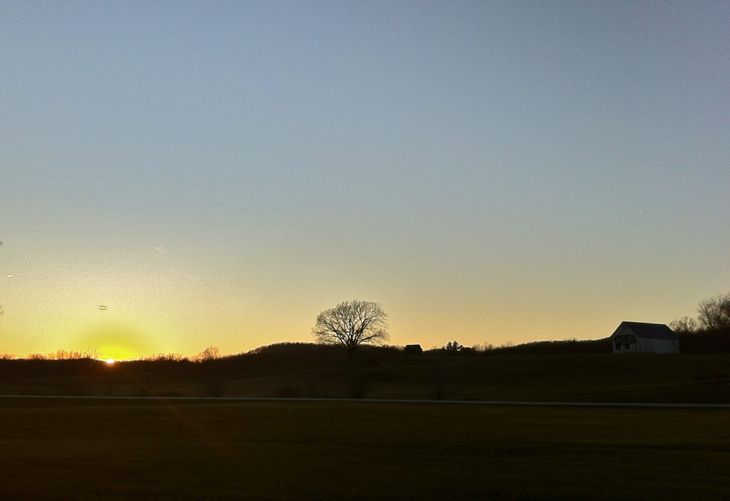When It's Been a Warm Winter


Warm Winter & Drought. We can't control the weather, despite how much we'd all really like to. Some areas may experience drought conditions in the winter (little to no rain), but as long as a thorough watering was applied to new trees at planting time, you should not need to worry about watering your dormant outdoor trees in winter.
If your best judgment suspects that the conditions are severe enough, you may give your new trees an additional drink. We recommend a gallon of water per new tree, once every 7-10 days during the growing season (if rainfall does not factor into this). During dormancy, plants and trees do not require as much water. Water in the early morning, to give the water time to soak down to the roots before the warmer temperatures of the day, and only water when the soil is dry to the touch and before a freeze to protect the roots.
Warm Winter & Dormancy
Many of you might also be experiencing an unusually warm winter, and your dormant trees and plants (which are supposed to be sleeping) may be showing signs of breaking dormancy. This is especially common in the warmer areas of the South and in plants with comparatively low chill-hour requirements., like cherry and peach trees.

Fruit trees and fruit-bearing plants show signs of breaking dormancy with visible bud-swell (the buds get larger and develop a greenish hue) and then bud-break (buds open and start to become new foliage). If your trees and plants think the unseasonably warm weather means it's spring, they could begin to experience these changes. If the temperatures fluctuate between unusually warm by day and down to freezing at night, it could damage those buds.
But that isn't something you need to worry too much about! If you simply prune back to the next dormant bud (ideally, to one pointing in a direction away from the tree, for structure) it will help prevent freeze-damage to the tree's new growth before spring actually arrives.
Warm Weather & Cold Snaps
If your plants and trees are already blooming or bearing fruit due to the encouragement of warm weather and a cold snap is in the forecast, there are some things you can do to protect them. Berry plants and shrubs are typically easy to cover with fabric sheets to capture the heat that naturally rises from the ground. This works to insulate the plants from the full force of the freezing temperatures. You can also cover smaller trees for the same result. If your trees are too large to cover, consider spraying — with water — the leaves, flowers, fruit... basically the whole tree, just before the temperatures get to freezing or below. This will actually protect them because, when water changes phases to become ice, it actually releases heat (latent energy) to do so. This heat can help protect the tender growth from damage.
As a note — If buds or fruit are damaged, it does not necessarily mean the death of the tree or that the damage is permanent. More realistically: you may simply lose some of the fruit crop that year, but you will still have next year to look forward to for fruit production! In more serious cases, these drastic changes in temperature may cause stunted-growth or even splitting, which may leave your plants and trees open to disease. Be on the lookout for signs of damage and prune off any damaged/diseased limbs or fruit you find.
- Article Categories:
- Winter Gardening








































